My ideal destination for a solo trip is a national park. However, national parks are becoming increasingly popular. Luckily, there are ways to avoid crowds at national parks.
Some ways to separate from the crowds include waking up early, hiking longer trails, and going to remote areas of the park. In this post, I will explain a few more techniques for avoiding crowds at national parks.
I frequently flock to national parks because there is privacy and peace you can’t find at your typical tourist destination. When you are stuck among crowds of people, you lose the benefits of solo traveling, and you might feel lonely.
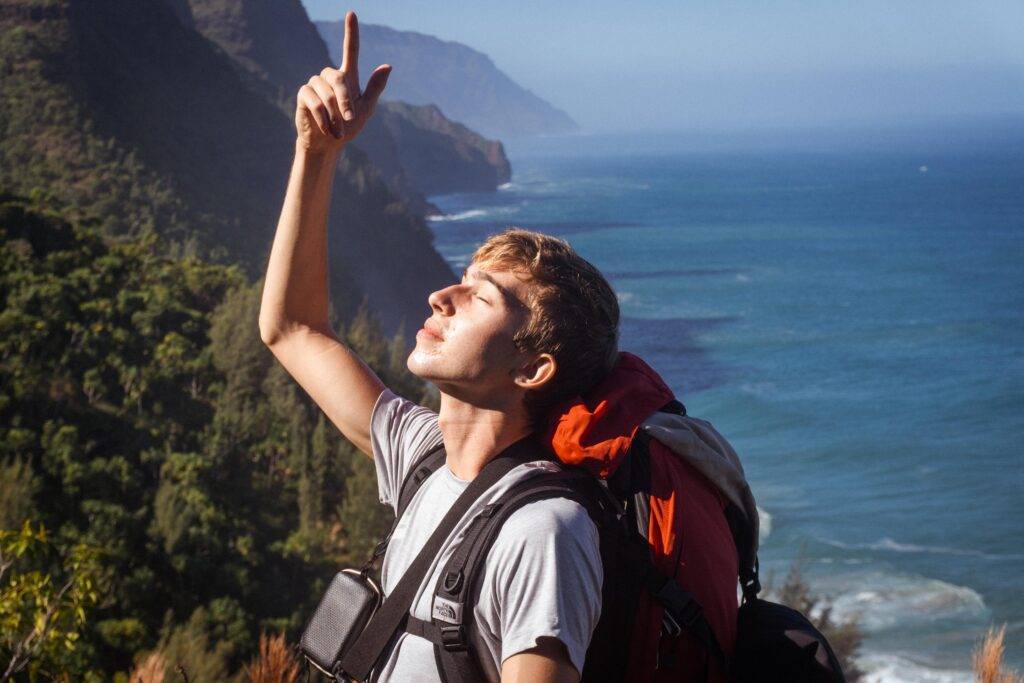
Hi, I am Noah takes the world. I love solo traveling. Planning a solo trip can be stressful with endless scrolling and searching.
My mission is to make your solo trip a reality.
Subscribe to my monthly newsletter—stunning photos and stories to guide your solo trip
This post may have affiliate links. I receive a small percentage if you book a hostel or attraction through my recommended links. This is at no extra cost to you and helps me reach my goal of becoming a full-time digital nomad.
Are National Parks Becoming Too Crowded to Visit?
Overcrowding in national parks is a significant problem. For example, Arches National Park has implemented a reservation system, and parking in the Great Smokies National Park is no longer free.
However, there are plenty of lesser-visited national parks with less crowds. Some of my favorites are Black Canyon, Great Basin, and Canyonlands. You can also arrive early and camp in the park to avoid crowds in national parks.
You do not need to stop visiting national parks, but you need to be strategic if you want more peace and quiet during your visit. That is why I coupled this list of ten ways to avoid crowds in national parks.
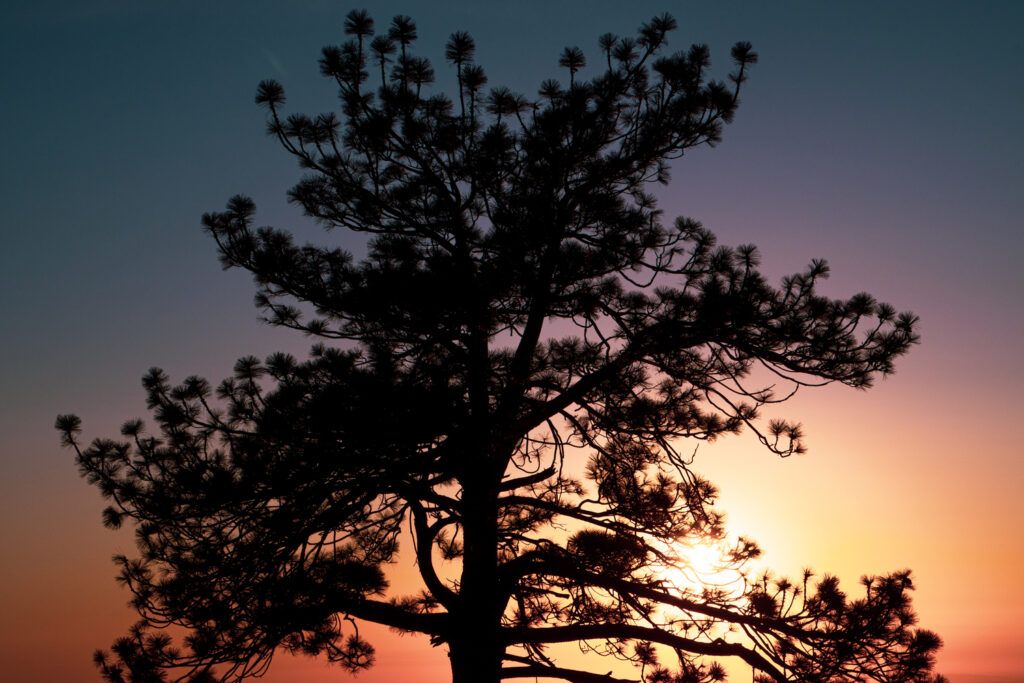
Keep reading to see my ten ways to avoid crowds in national parks.
- 1. Get to the Popular Spots at Dawn
- 2. Camp Inside the Park
- 3. Go to Remote Areas of a Park
- 4. Hike Longer, Harder Trails
- 5. Get Creative With Your Hiking Route
- 6. Hike More, Drive Less
- 7. Hike in the Rain
- 8. Visit a Park During Its Off-Season
- 9. Go to Trails With Less Social Media Presence
- 10. Visit a Park You Know Nothing About
- Avoiding Crowds in National Parks
1. Get to the Popular Spots at Dawn
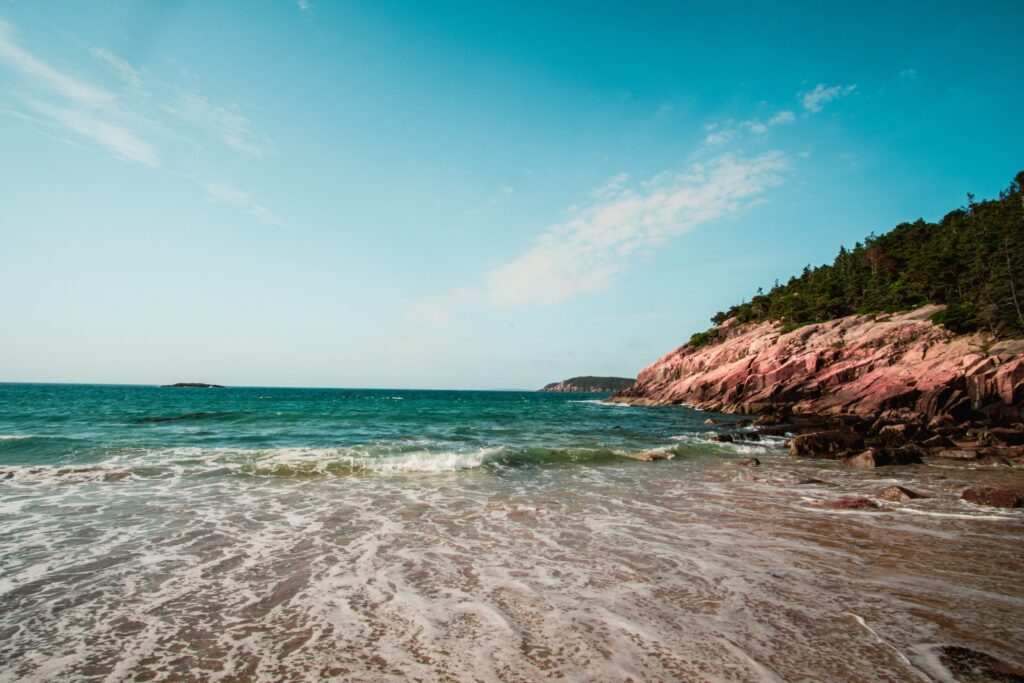
When you visit a National Park, you will want to hit the spots that flood social media. Sites like Yellowstone’s Grand Prismatic Spring, Arches’ Delicate Arch, and Acadia’s Sand Beach are photographed repeatedly for good reason.
However, they are less amazing when you have little space to take in the beauty. That is why I always visit the most popular spots in a national park when the sun is just breaking. It is one of the best ways to avoid crowds in national parks.
You will find fewer people in the early morning at the most popular spots. I always plan to first hit the most well-known trails in the early morning or towards the end of the day when the crowds flock back to their hotels.
However, reaching these spots in the early morning can be difficult. National parks are usually located in remote areas and take a lot of driving to reach, which brings me to my next point.
2. Camp Inside the Park
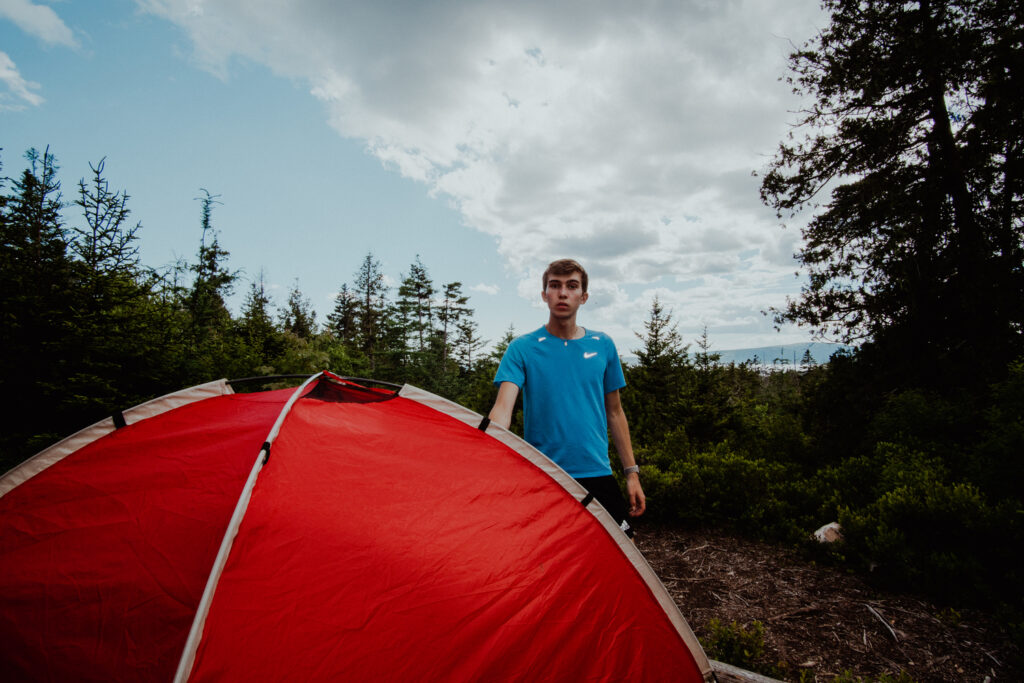
To avoid crowds in national parks, you should camp inside the park. Although avid campers stay in the park, many people stay in hotels in the towns surrounding national parks. To get a head start on your day, camp inside the park.
Some national park campgrounds are located near a park’s most famous attractions. When I visited Acadia National Park, I camped at Blackwoods Campground because of its proximity to the uber-popular Sand Beach.
I knew the Sand Beach parking lot filled up insanely early (around 8:00 a.m.), and there were several hikes I wanted to take from that parking lot. By camping only a few minutes away, I could get up early (around 7:00 a.m.), but not too early, and easily get a parking spot.
I like camping in national parks because it is peaceful, but more importantly, it is convenient. You can beat the crowds by camping in the park. Always begin your day at the most popular spot in the park. As cars pile in towards midday, head to the park’s more remote areas.
Read: Best National Parks for Solo Travel: 7 Parks Perfect for a Solo Trip
3. Go to Remote Areas of a Park
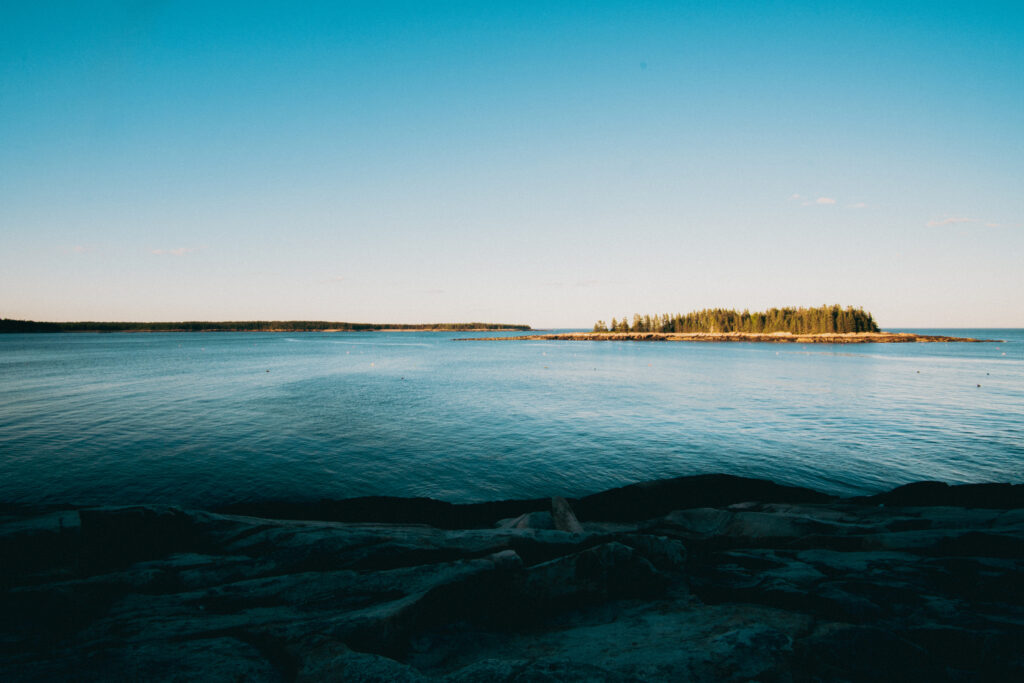
National parks often cover a large area of land. The crowds in national parks tend to concentrate in areas that are more easy to access. If you want peace and quiet, drive a little extra and hit the remote areas.
Remote areas are usually just as beautiful as popular spots, but they see less traffic because they are more difficult to reach.
For example, most people skip visiting Schoodic Woods in Acadia National Park because it is over an hour’s drive from Mount Desert Island, the park’s main hub. Although I had to spend extra money on gas to reach the remote island, it was worth every penny.
Map of Acadia National Park. Image from nps.gov.
I drove down Schoodic Woods’ Loop Road, similar to Desert Island’s popular Ocean Drive, and no cars were in sight. At Ocean Drive, you will struggle to find parking.
4. Hike Longer, Harder Trails
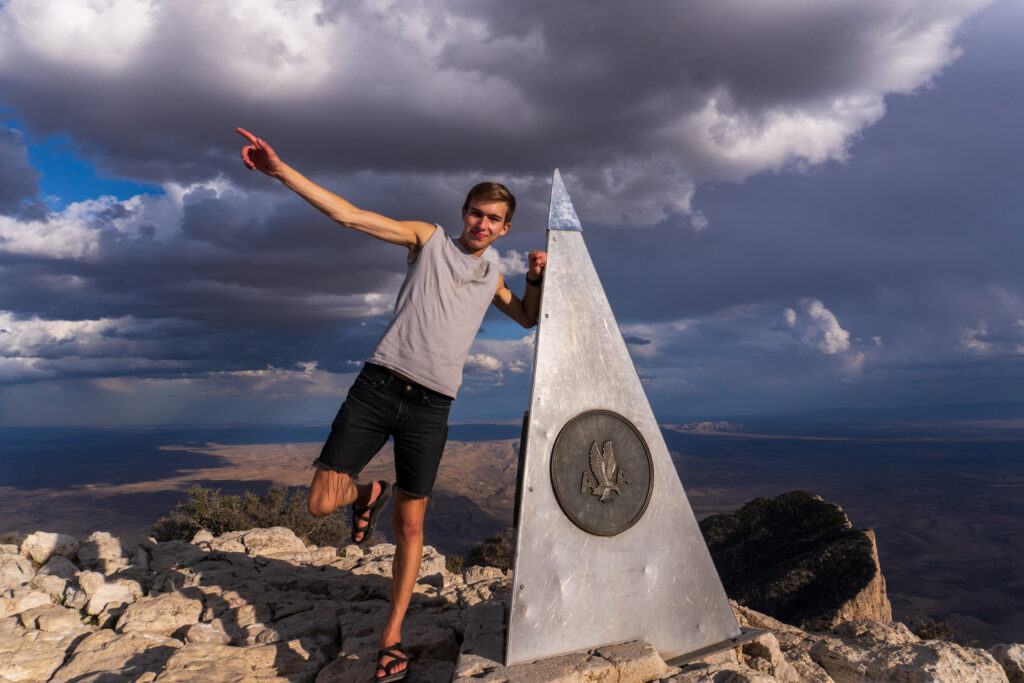
Another way to avoid crowds is to hike longer trails. Most popular routes are often fairly short, clocking in under 5 miles round-trip. Once you pass that threshold, you will escape a lot of traffic.
When I visit a national park, I often plan to do a long hike during midday when the crowds are at their peak. Although I still encounter people, I escape the waves of people that flood the shorter, easier trails.
Want to stay safe while solo hiking? Read: Is It Safe to Hike Alone? 10 Solo Hiking Tips
You can use All Trails to find longer and more difficult trails. Search the national park you want to visit and sort by difficulty and length.
5. Get Creative With Your Hiking Route
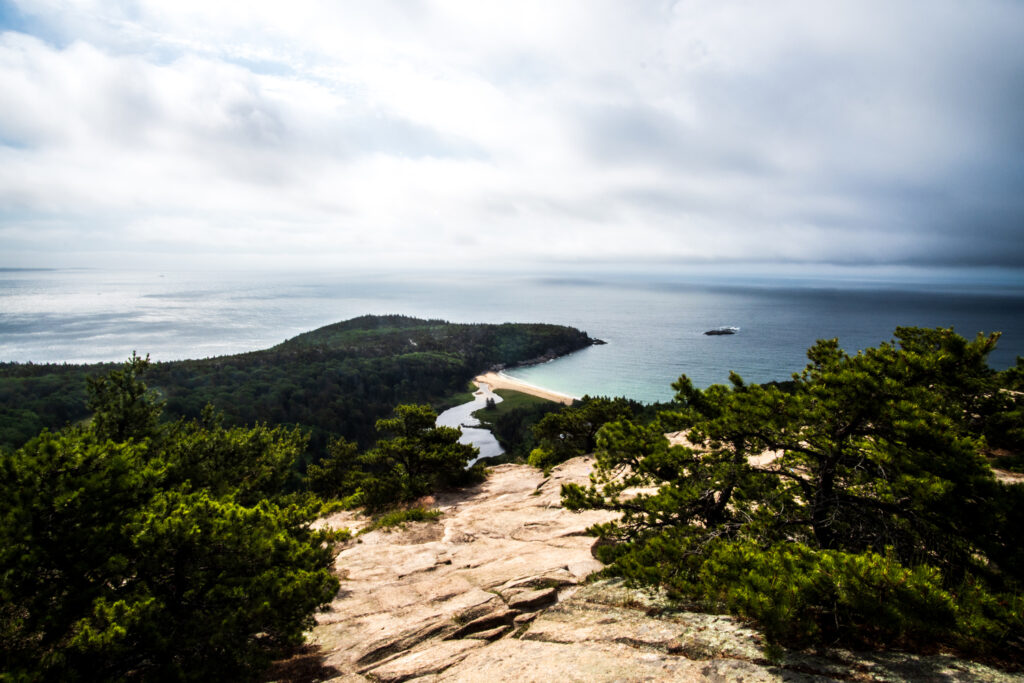
Even if you wake up early and hit the popular spots first, you might not have enough time to hike the best trails before everyone else does too.
In this case, I like to get creative with my hiking route. I will hike to the famous spot, but I will take a different approach or add a loop to another trail to find more space on the trail and avoid crowds.
The Beehive Loop is one of the most famous trails in Acadia National Park. It has all the ingredients for an iconic hike. It appears a little dangerous, has a presence on all popular blogs, and is easy to access.
I wanted to hike this trail to see if it was worth the hype, but I did not want to deal with the hikers who would block the trail because they were scared to climb down the ladders.
I climbed up the Beehive trail and realized I could detour most of the traffic if I hiked to Gorham Mountain and walked back to my car on Ocean Path Trail. Although I added over 3 miles to my hike, I bypassed traffic descending the Beehive Trail and enjoyed the peace of hiking on Gorham Mountain.
It takes extra planning to create a less popular route, but it can be worth it to avoid crowds in national parks. You will often have to add extra mileage to your trek. However, you will love the benefits of a quieter hiking experience.
6. Hike More, Drive Less
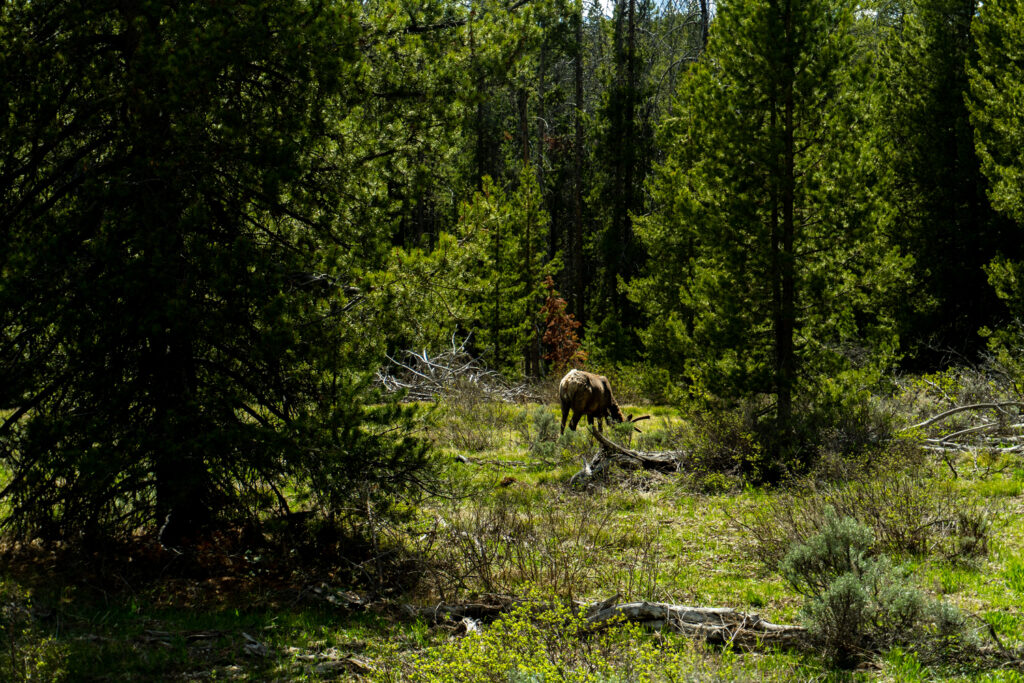
Many national parks have great vistas you can visit by driving up a winding road. Take Signal Mountain in Grand Tetons or Cadillac Mountain in Acadia.
If you want more solace in national parks, do not drive to these summits— hike to them. This is not the best option for someone with limited time, but it is a great way to have a more intimate experience in nature.
Yes, it is distracting after hiking hours uphill to find an onslaught of tourists who just drive to the top. However, you will find only dedicated hikers on the trail, meaning you will have a very peaceful journey to the top without any road rage.
7. Hike in the Rain
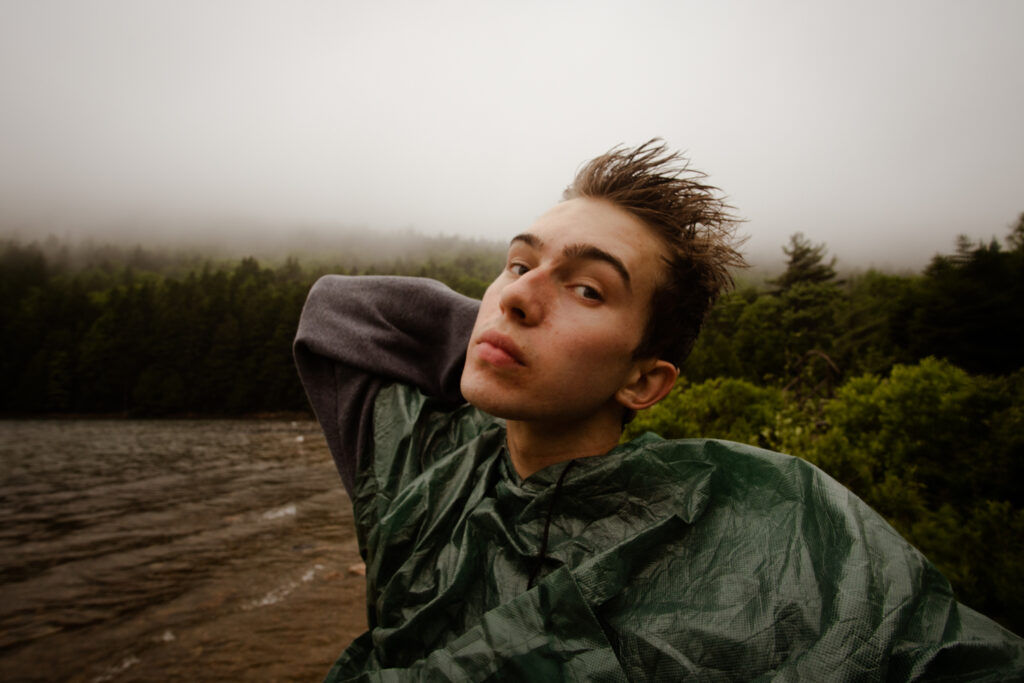
At first glance, this might seem like a random piece of advice, but it is a great way to avoid crowds in national parks. Just make sure to pack a poncho.
I always want sunshine when I travel to national parks, but I cannot control the weather. There is always a chance you encounter rain during your solo national park trip. Instead of letting the rain derail your plans, go out and keep hiking.
During my Acadia National Park solo trip, I ran into some rain. At first, I was so upset, and then I ventured out into the Jordan Pond area of the park, which is usually very popular. However, I was the only person out on the trail because of the rain.
Suddenly the rain was a delight! Unfortunately, my photos were hazy, and the summit overlooking the pond was completely covered in clouds, but I loved having such an iconic part of Acadia to myself.
8. Visit a Park During Its Off-Season
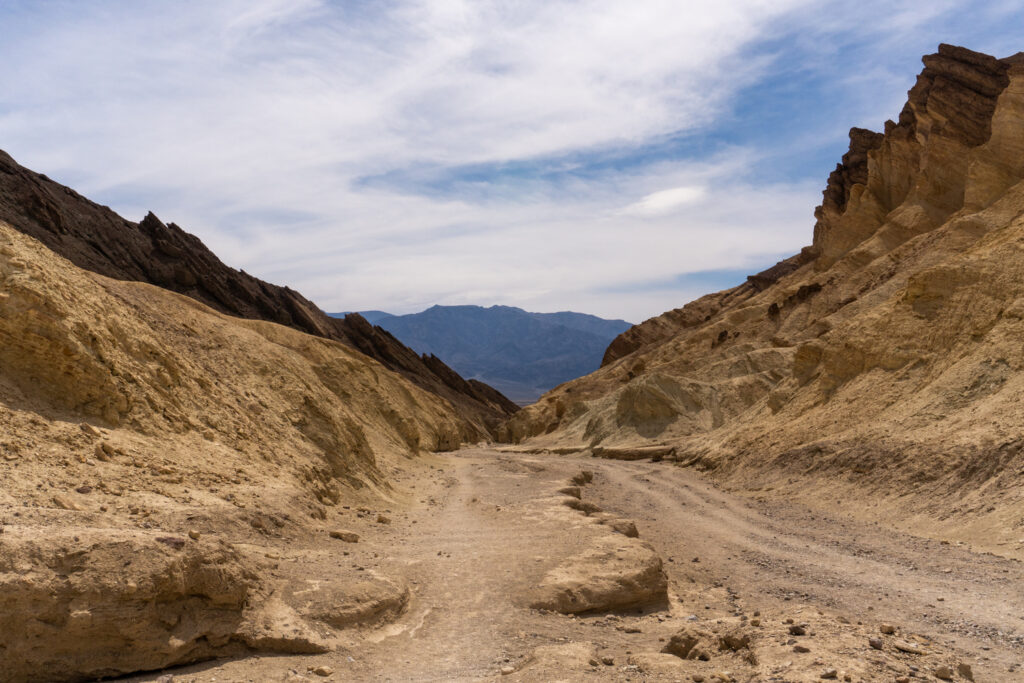
The number of crowds you encounter in a park depends on the seasons. Most parks hit their peak in either summer or fall. Visiting them in the winter or spring might be the best option for a more peaceful solo trip.
In May, I visited Death Valley National Park and only ran into a few other hikers. I quickly learned that there were few people because the heat was brutal. Visiting the park during the winter months is recommended when the heat is less extreme.
Timing plays a significant role in the visitation numbers in national parks. Some roads and facilities close during a park’s off-season, but you will have more space. If you can manage hiking through snow or experiencing extreme heat, visiting a park in its off-season is a viable option for avoiding crowds in national parks.
9. Go to Trails With Less Social Media Presence
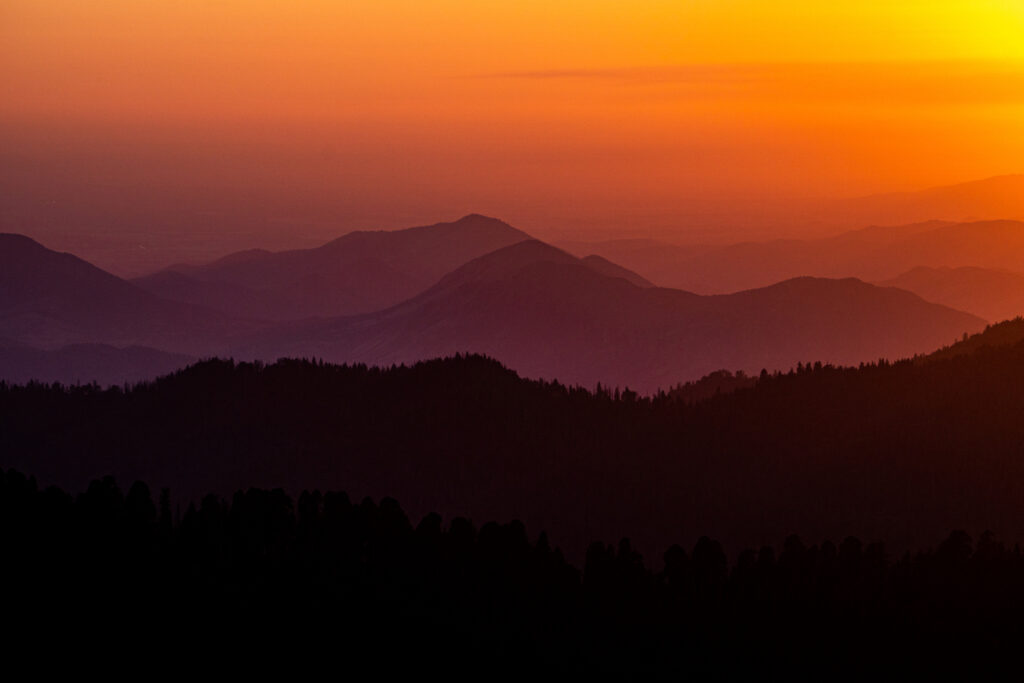
Social media has made hiking easier and more accessible than ever. With a few swipes, you can find information on otherworldly hikes.
Although this is beneficial to getting more people outdoors, it makes it more difficult to find less-crowded trails. Suddenly, everyone is hyper-focused on one particular trail because it went viral.
The trails that go viral are usually awesome and deserve attention. However, they do not always make for the best solo hiking experience. Wading through hikers and standing in long photo queue lines is not fun when you are a solo hiker.
You don’t have to do something just because you see it on social media. Hike a trail that no one is talking about. Not always, but often, you will find a trail you won’t be able to stop talking about.
It is your choice to share the information or gate-keep the natural wonder.
10. Visit a Park You Know Nothing About
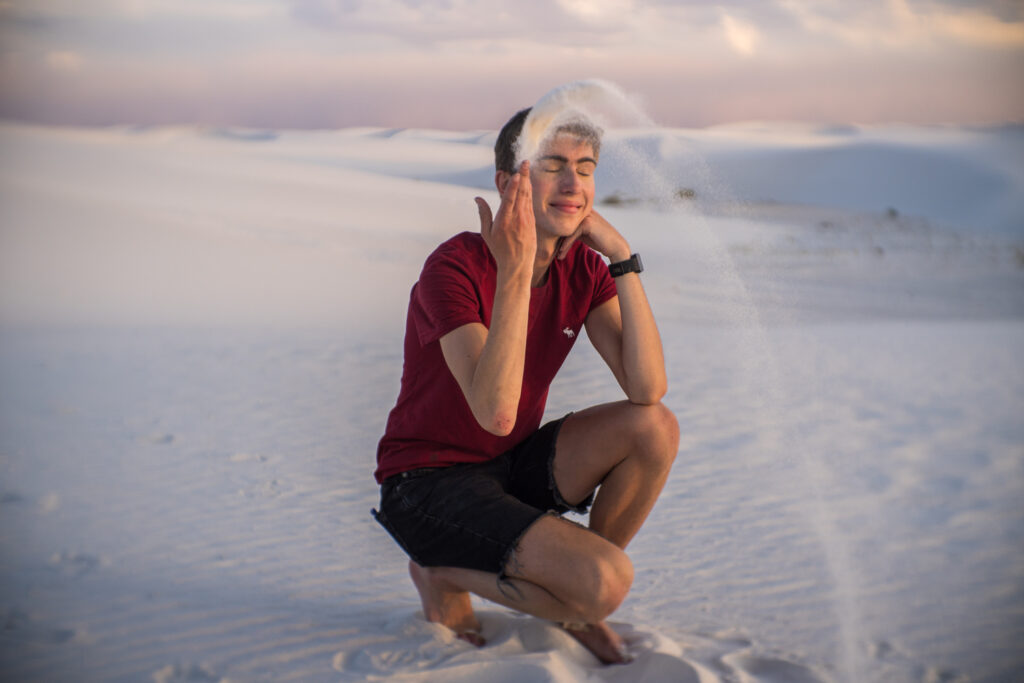
There are 63 National Parks in the U.S.A., and I doubt the average person could name even more than 10. If you want to avoid crowds in national parks, go to one you know nothing about.
For example, I visited Grand Tetons National Park because it was on my way to Yellowstone National Park. I thought Yellowstone would be my favorite part of my trip since it is so famous. However, the Grand Tetons were unforgettable.
There were far fewer crowds, and the scenery was unmatched. Grand Teton National Park is now one of my favorite parks ever.
I have found that “less-famous” parks are just as majestic as the famous ones that see millions of people.
If you want more space away from Instagrammers, go to a national park you are unfamiliar with. Chances are, most people are also unfamiliar with that park, and you won’t find the high levels of crowds you see at the well-known parks. .
There are so many underrated parks waiting to be discovered. I challenge you to go out and find them yourself.
Avoiding Crowds in National Parks
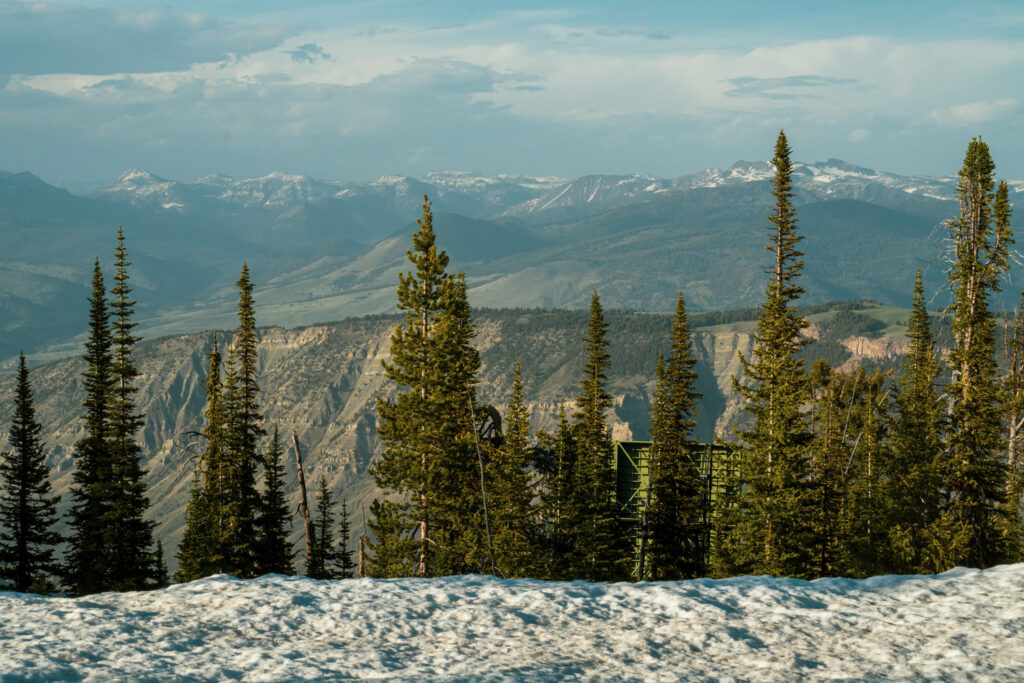
It is refreshing to see more people going outside and enjoying one of my favorite parts of the U.S.: its national parks.
However, crowds can be distracting, especially when traveling solo and looking for peace in nature. To beat crowds in national parks, hike popular trails early and get creative with your hiking routes.
Even in the most crowded parks, some trails will take you miles away from camera clicks and screaming kids. You have to be willing to challenge yourself and take risks.
Go to remote areas of a park and visit parks you know nothing about. You can escape crowds and find a new sense of confidence that comes with solo traveling in national parks.